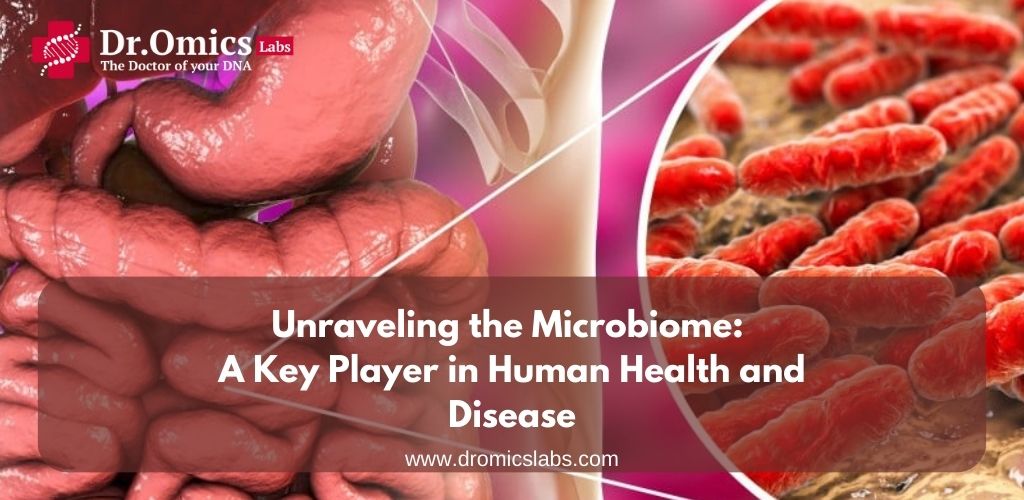The Link Between Genetics and Food Allergies: Can DNA Testing Help?
Food allergies have quietly become a global epidemic, affecting millions and disrupting daily life in often unpredictable, sometimes dangerous ways. Behind the reactions to peanuts, milk, gluten, and other common triggers lies a complex interplay of genetics and environmental influences. But can your DNA really predict whether you’ll react to a nut or suffer from lactose intolerance? As science progresses, the genetics of food allergies is moving from research journals to real-world diagnostics—and possibly to your next medical check-up.
Genetic Blueprints Behind Food Allergies
Modern studies now confirm what many clinicians have long suspected: food allergies are not just accidental quirks of biology—they’re heavily influenced by genetic predisposition. Large-scale genome-wide association studies (GWAS) have revealed key variants that increase susceptibility. For instance, the rs10018666 variant in the SLC2A9 gene has shown strong association with IgE-mediated peanut allergy in European populations. Other variants, such as rs9273440 in HLA-DQB1 and rs115218289 in ITGA6, are also linked to allergic responses, often by disrupting immune pathways or compromising the epithelial barrier—the body’s frontline defense against allergens (1).
These discoveries have elevated the promise of DNA-based allergy testing. By identifying high-risk individuals before symptoms even emerge, clinicians can shift from reactive to proactive care.
Allergy Genes: Shared Players in a Larger Game
The story doesn’t stop with one or two rogue genes. The genetics of food allergies overlaps significantly with other allergic diseases like asthma, atopic dermatitis, and allergic rhinitis. Genes such as FLG and SERPINB7, which are involved in maintaining the integrity of the skin and mucosal linings, and immune regulators like IL4 and HLA, appear in both food allergy studies and other allergic phenotypes. Sixteen such genetic variants have reached genome-wide significance in recent analyses, painting a picture of shared biological mechanisms behind what was once seen as separate conditions (2).
Epigenetics: Where Genes Meet Environment
Still, not everyone with risk genes goes on to develop a food allergy. That’s where epigenetics enters the equation. Epigenetic modifications, such as DNA methylation and microRNA expression, can influence how genes behave without altering the DNA sequence itself. Studies have identified epigenetic loci linked to T cell development, antigen presentation, and reaction severity—factors that define whether an allergic response is mild or life-threatening. For example, methylation differences in T regulatory genes and Type 1/Type 2 cytokine signaling pathways are strongly correlated with allergic outcomes (3).
This molecular layer offers hope for more nuanced diagnostics and treatments. In the future, histamine intolerance DNA markers or methylation-based signatures could help clinicians pinpoint not just who is at risk, but how their allergy might progress.
From DNA Insights to Clinical Solutions
Current DNA-based allergy testing is still in its infancy but growing rapidly. Some tests already target traits like lactose intolerance genes, gluten sensitivity DNA test panels, and even nut allergy genetics. While these tools aren’t yet foolproof, they’re laying the groundwork for a more personalized approach to allergy management.
Familial aggregation and candidate gene studies have further solidified genetic involvement. For instance, the HLA gene family has been repeatedly linked to peanut and apple allergies, CD14 to multiple FA types, and SPINK5, a protease inhibitor gene, to various food sensitivities (4). These discoveries reinforce the value of incorporating genetic screening in early diagnosis.
The Future: Personalized Allergy Management
Looking ahead, the convergence of genetics, epigenetics, and immunology could transform allergy care. Emerging diagnostic tools like the Basophil Activation Test (BAT) and Component-Resolved Diagnostics (CRD) may soon be paired with genomic data for precision insights. Treatment strategies, such as oral immunotherapy (OIT), are also being tailored using genetic and epigenetic markers to predict who might benefit most and who faces higher risk during treatment (4).
This is the future of personalized allergy management—where your genetic and molecular profile guides every decision, from prevention to treatment.
Conclusion: Testing the Genetic Waters
So, can DNA testing help with food allergies? Yes—but with caveats. The science is promising but not yet definitive. Genetic and epigenetic discoveries have illuminated key mechanisms and identified risk variants that bring us closer to accurate, personalized allergy screening. As research expands beyond Eurocentric populations and clinical tools become more robust, DNA-based allergy testing could evolve into a standard part of allergy care.
From lactose intolerance genes to nut allergy genetics, your DNA may soon tell you more than just where your ancestors came from—it might also determine what you can safely eat.
References:
- Kutas, U. V., Fedorova, O. S., & Bragina, E. Y. (2022). Genetic risk factors of food allergy: a review of genome-wide studies. Russian Journal of Allergy, 19(4), 494–507. https://doi.org/10.36691/rja1582
- Arnau‐Soler, A., Tremblay, B. L., Sun, Y., Madore, A., Simard, M., Kersten, E. T. G., Ghauri, A., Marenholz, I., Eiwegger, T., Simons, E., Chan, E. S., Nadeau, K., Sampath, V., Mazer, B. D., Elliott, S., Hampson, C., Soller, L., Sandford, A., Begin, P., . . . Asai, Y. (2024). Food Allergy Genetics and Epigenetics: A Review of Genome‐Wide Association Studies. Allergy. https://doi.org/10.1111/all.16429
- Chun, Y., Lee, J. H., & Bunyavanich, S. (2024). Epigenomic and epigenetic investigations of food allergy. Pediatric Allergy and Immunology, 35(1). https://doi.org/10.1111/pai.14065
- Goel, S., Appavu, R., PhD, & Kethar, J. (2024). Genetic mechanism of food allergies. Journal of Student Research, 13(2). https://doi.org/10.47611/jsrhs.v13i2.6505




